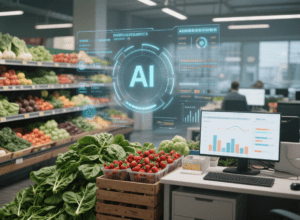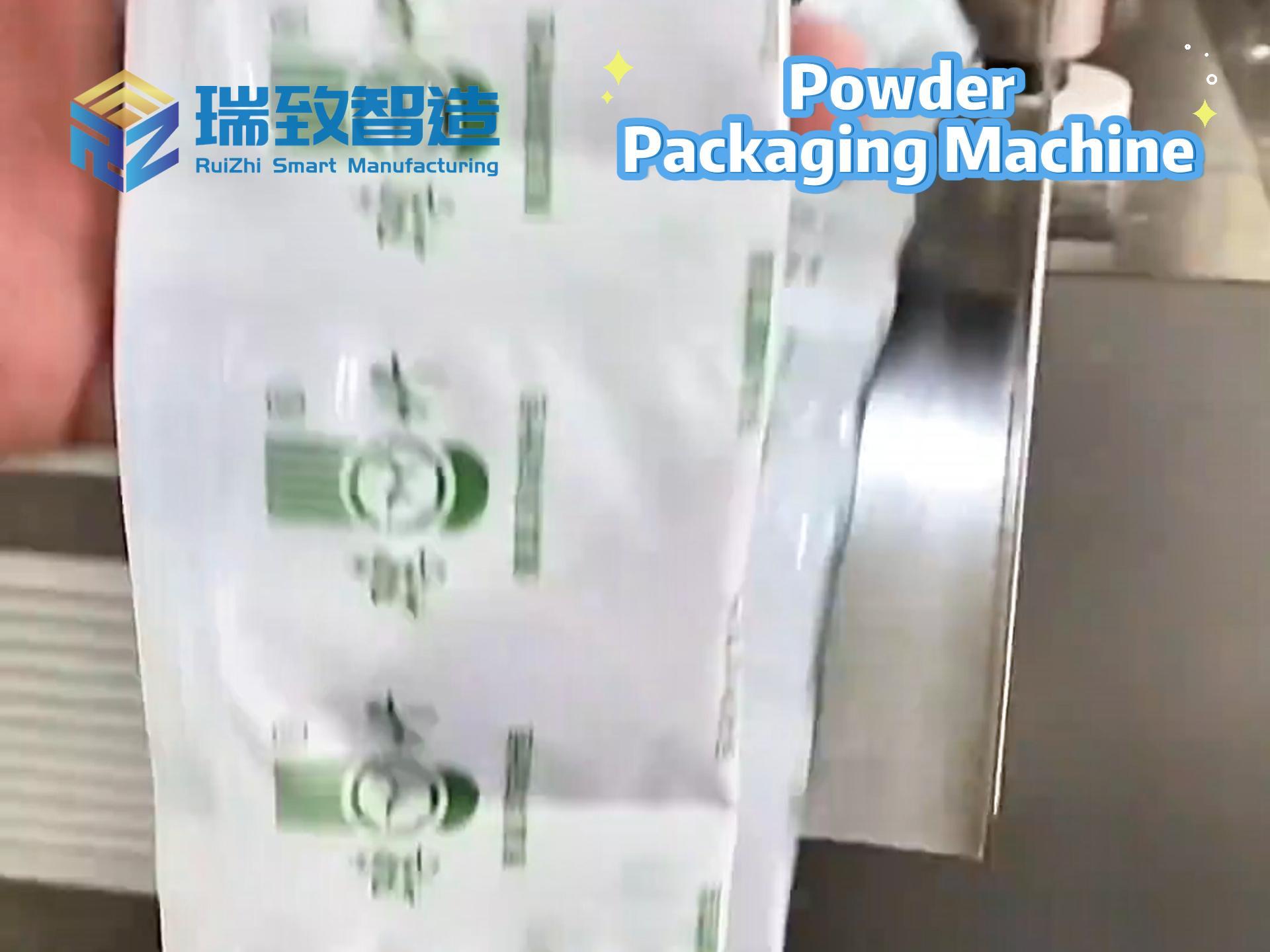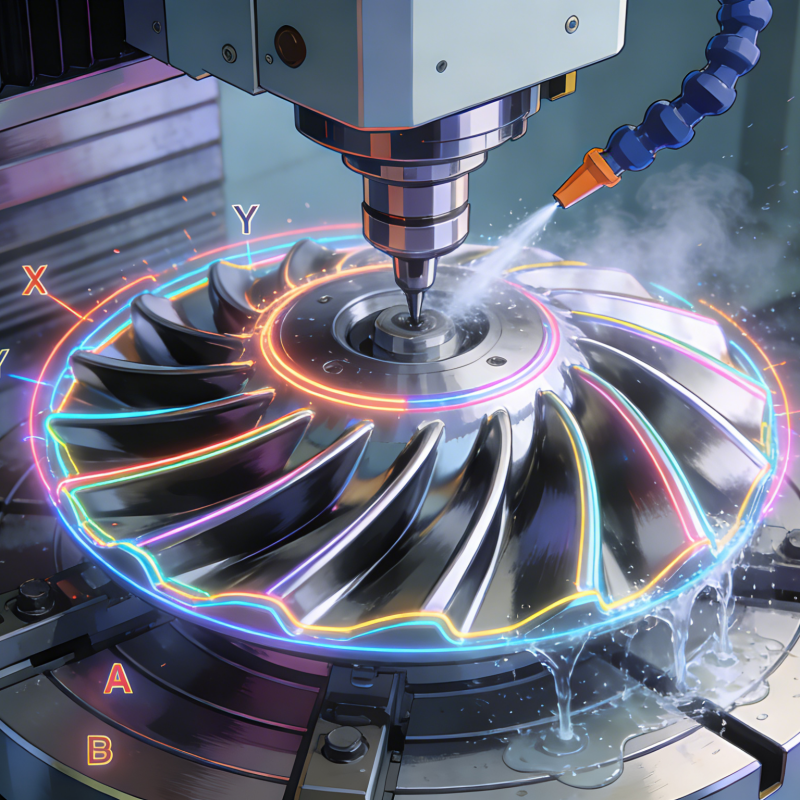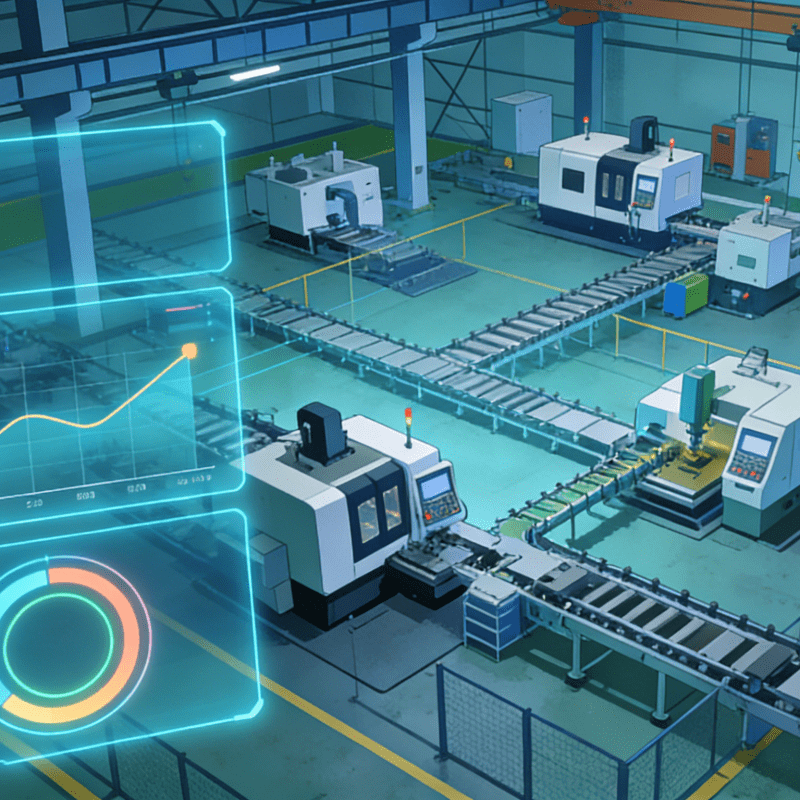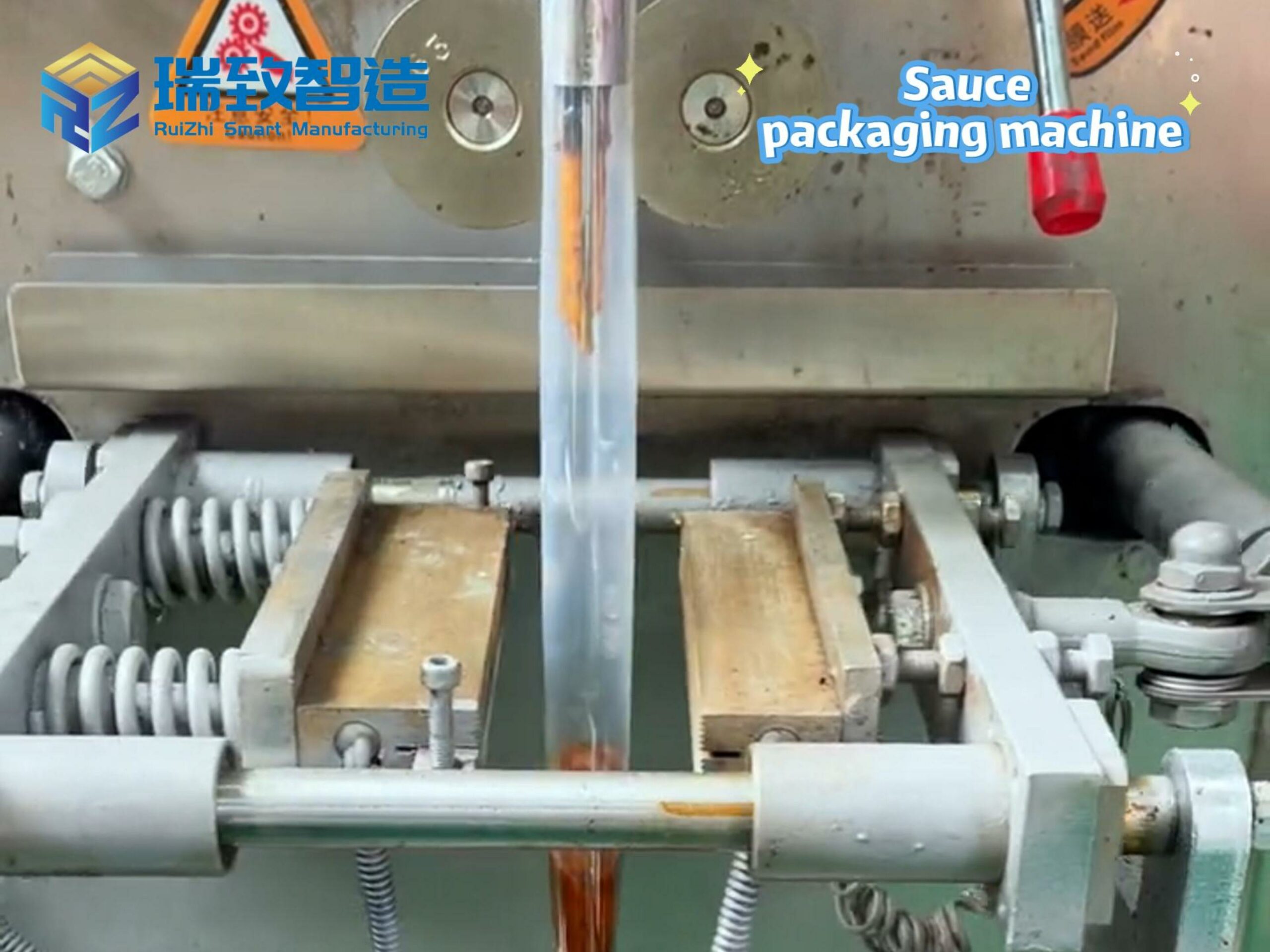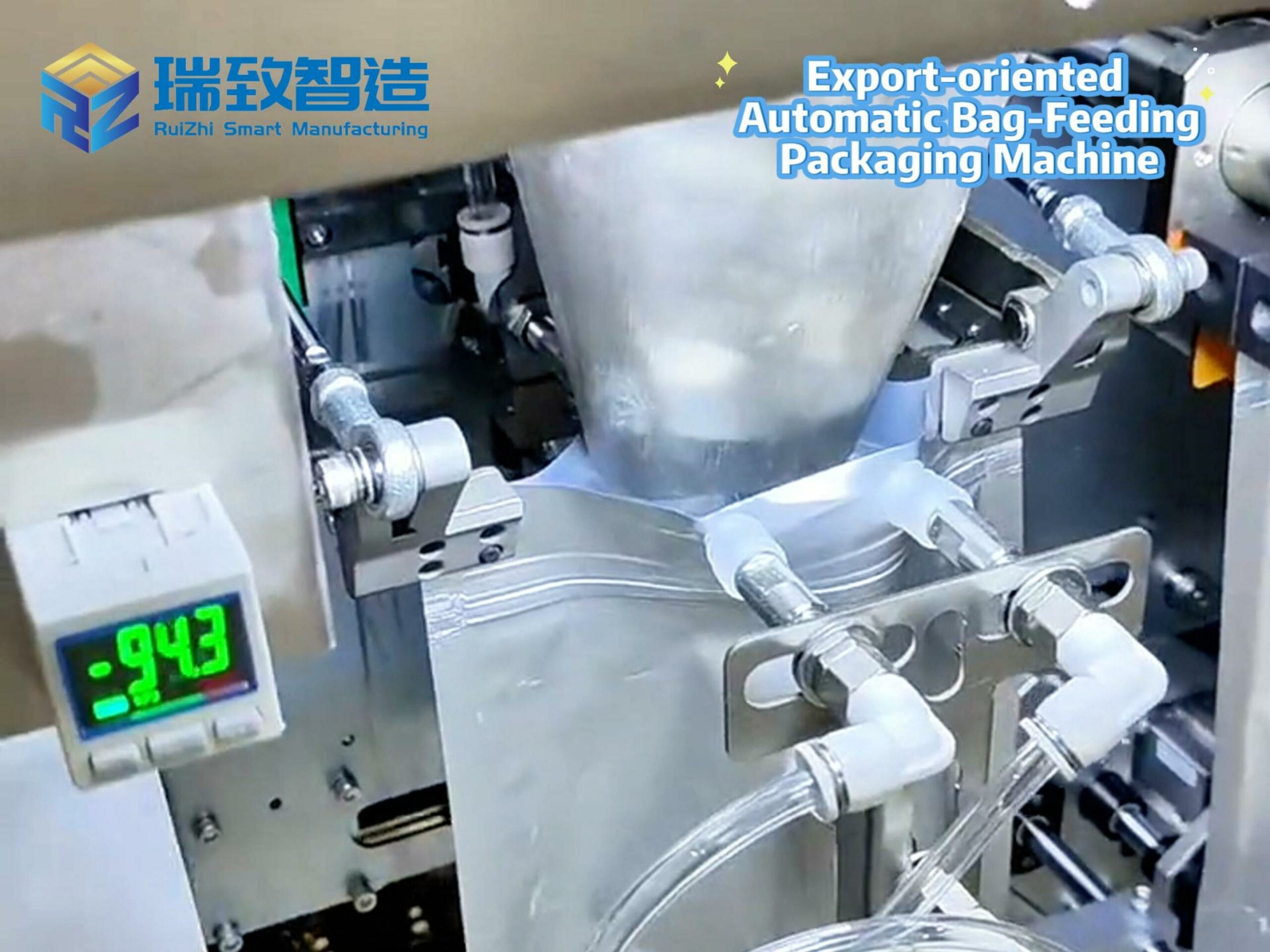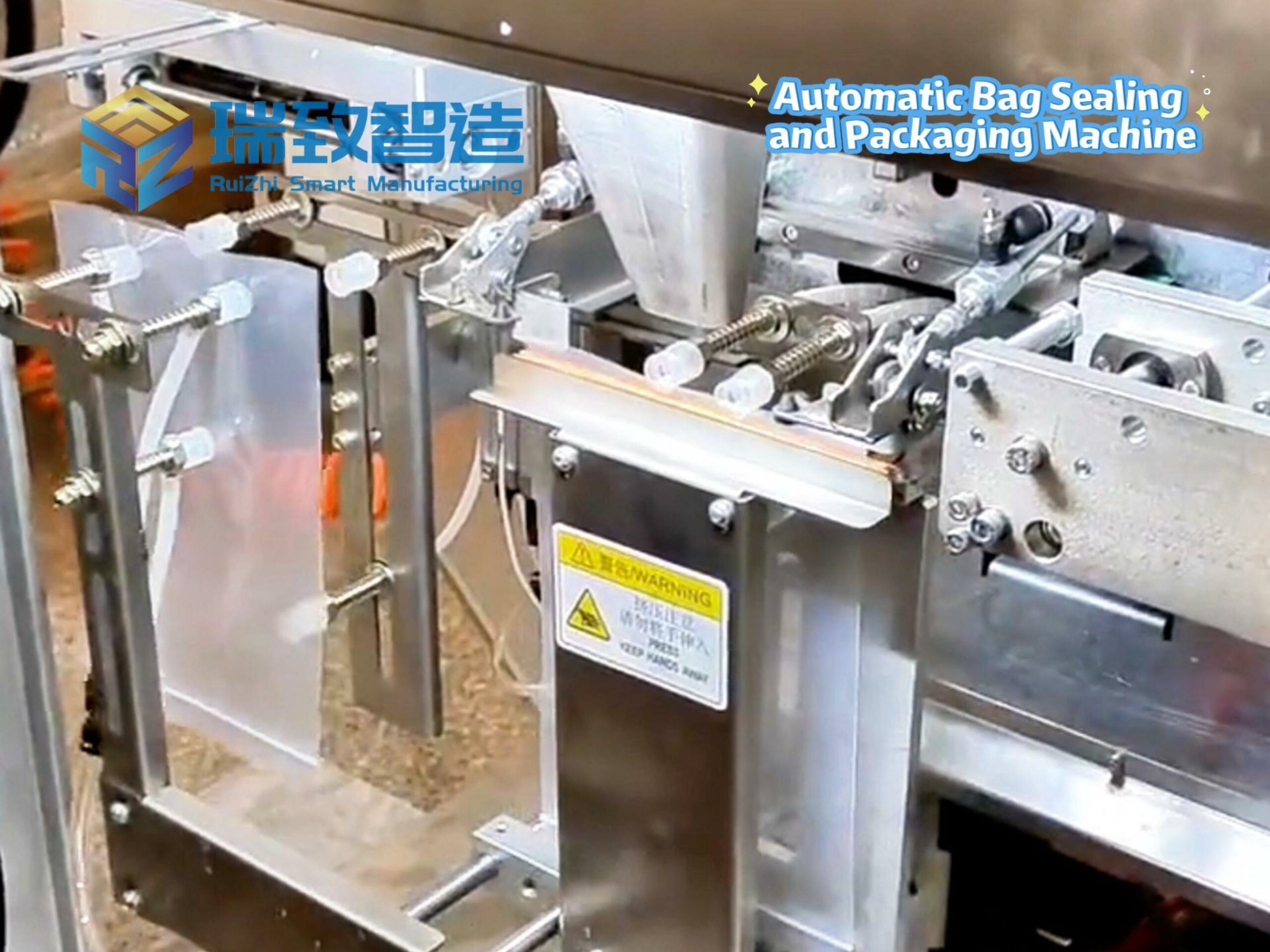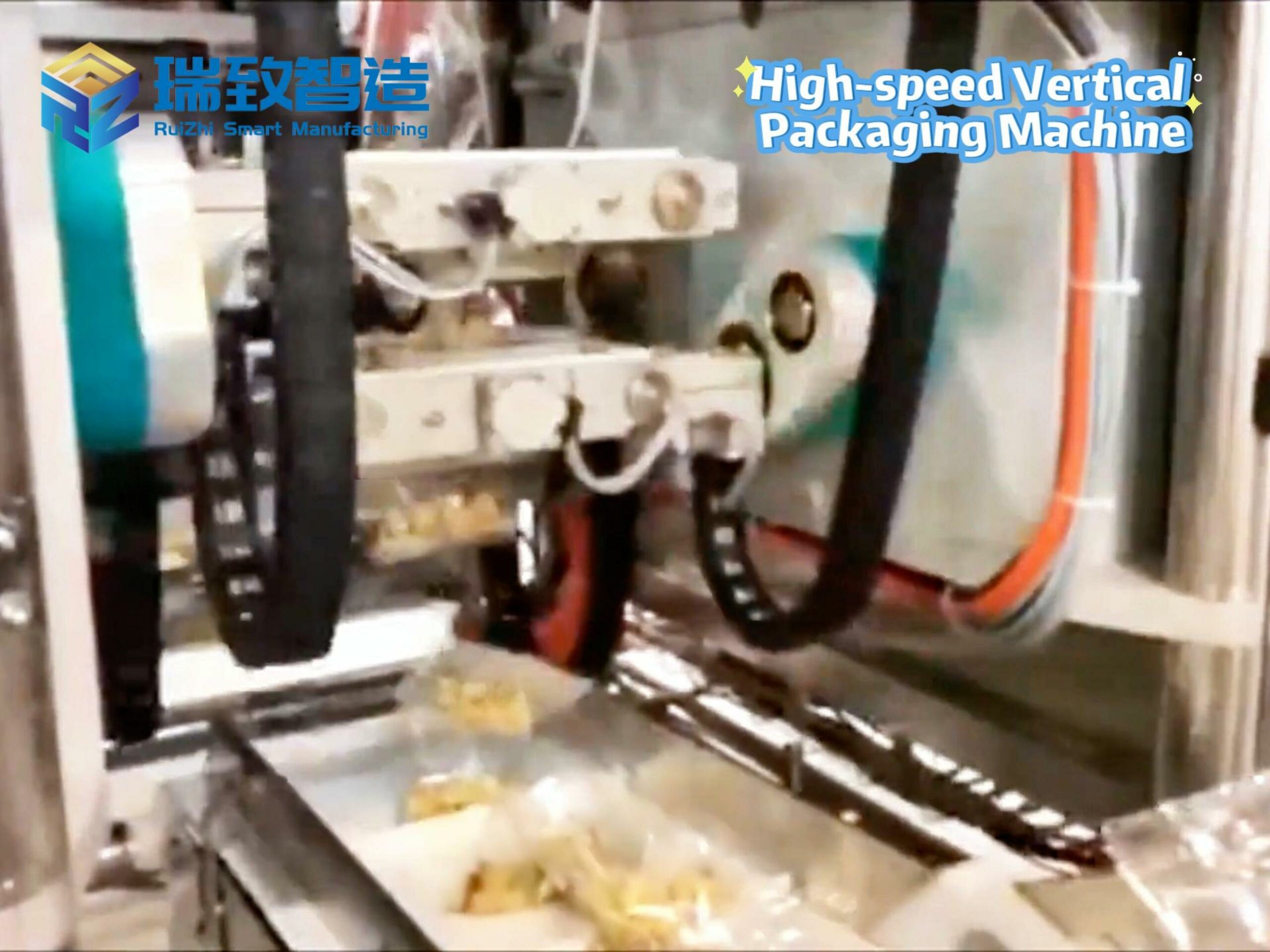Walk down the produce aisle, and you might notice the crispness of lettuce, the ripeness of avocados, or the vibrant hue of berries—details that make or break a shopper’s choice. For grocers, though, that aisle is a balancing act: keeping produce fresh, shelves stocked, and waste low, all while making sure shoppers find what they need. Today, artificial intelligence is stepping in to steady that balance. From predicting when a cooler might fail to ensuring strawberries stay in stock, AI is transforming how grocers manage produce operations—making the aisle more efficient, more responsive, and more engaging for shoppers.
Retailers are increasingly turning to artificial intelligence in the produce aisle to improve shopper experience, optimize operations and boost sales.
Grace Schroeder, CEO of Slingr—an AI-powered automation platform for retailers—sees AI as a bridge between disjointed systems and smarter decision-making. “We’re seeing a patchwork of point-of-sale, inventory and spreadsheet systems in grocery that don’t always talk to each other,” she says. AI has the potential to stitch those together, pulling actionable insights from all the disconnected data to improve everything from inventory management to marketing outreach.
Slingr works with grocers to build custom automation solutions, starting with the tasks that drain time or money. Rather than selling a one-size-fits-all software package, the platform assesses existing systems and streamlines repetitive, manual work—like tracking produce sales, monitoring equipment, or updating prices.
Take equipment maintenance, for example: If a produce cooler frequently malfunctions, spoiling lettuce or tomatoes, AI can analyze sensor data to spot patterns—say, a drop in cooling efficiency before a breakdown—and trigger predictive maintenance. That means fewer surprise failures, less wasted produce, and more consistent freshness.
AI also sharpens inventory management. By tracking what sells at full price, what gets discounted, and what ends up in clearance bins, it helps grocers fine-tune ordering. No more overstocking delicate items like spinach, or understocking weekend favorites like strawberries—reducing waste while keeping shelves appealing.
But AI’s impact isn’t limited to the back end. It’s also making the shopper experience smoother. Smart automation can speed up customer service: Think AI-powered chatbots that answer questions like “When’s your next organic apple delivery?” or email responses tailored to a shopper’s preferences. “There’s a lot of fantastic AI-powered marketing tools out there,” Schroeder notes, adding that automation helps retailers connect with shoppers in a timely, personalized way—whether it’s a reminder about a favorite citrus being in season or a tip for storing fresh herbs.
Adopting AI isn’t without challenges, though. Schroeder says grocers that embrace it will gain an edge in cost and margins, while those that delay may struggle to keep up. “You used to be able to get by with spreadsheets—even million-line ones—but that’s no longer sustainable,” she explains. “The industry needs to move toward systems that can communicate and interpret data in real time.”
The good news? This shift doesn’t have to be overwhelming. “You don’t have to automate everything all at once,” Schroeder advises. “Start with the areas where you’re losing money or spending too much time. From there, you can build.”
At its best, AI in the produce aisle isn’t about replacing the human touch—it’s about enhancing it. It frees up staff from tedious tasks to focus on what shoppers notice: restocking with care, answering questions, or sharing tips for ripening avocados. “It’s evolutionary,” Schroeder says. “Now, the automation we can bring is a lot more elegant, it’s easier and it’s a lot more human.”
The next time you pick up a fresh cucumber or a bunch of kale, chances are AI played a role in getting it there—fresh, in stock, and ready to enjoy. And that’s the point: AI isn’t just making grocers more efficient. It’s making the produce aisle a better place to shop—for everyone.
What is the general price of a 4-axis robot?
What types of springs can be produced with automatic spring machines?

